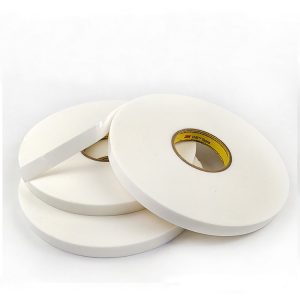Common causes that affect the adhesiveness of tape
xinstMar 06, 2021
1. Oxygen: Because the oxygen content in the air accounts for 21%, and oxygen has the characteristics of accelerating the oxidation of substances, it is very active, causing rapid oxidation of the tape, resulting in the tape becoming non-sticky.

2. Ultraviolet rays: Ultraviolet rays have high temperature characteristics that can quickly decompose viscous substances. Tapes exposed to the sun for a long time will be decomposed by them, causing the tapes to age.
3. Metal: especially brass or rust. In daily life, any organic matter and substance can react with metals, especially brass or rust, and the tapes contains organic compounds, which leads to the aging of the tapes.
4. Bleaching agent: its main ingredient is calcium oxide. The calcium element contained in it can chemically react with organic compounds, which leads to the aging of the tape.
5. Plasticizer: Its main function is to soften plastics, and most rubber products contain plasticizers. As time changes, the proportion of plasticizers in the substance itself will increase, which will cause the tapes to age.
There is a special instrument for measuring the viscosity of the tape, using steel balls of different diameters to test. The method is to first reversely stick the tape on the steel plate, tilt it at a certain angle, and then place the steel ball on the steel plate to let it fall naturally. If it does not fall off in the middle, then the steel ball can be used to express the viscosity. The numbers of the steel balls vary according to their sizes. The larger the steel ball, the greater the viscosity. Usually steel balls are used to test the initial tack.


